- TOP
- Search Criteria
- Japanese Luxury Fruit Culture Explained

STORY
Why Is It so Expensive? Japanese Luxury Fruit Culture Explained
One of the first times I visited Japan, I remember walking inside a sumptuous mall of marble and stone lined with luxury shops of all kinds. Passing by one of them, my attention was caught by a dark wood interior illuminated by crystal chandeliers, impeccably dressed staff and a brightly lit counter. Surely a jewelry store, I thought. It wasn't until I had a second look that I realized that lined on the counter, meticulously packed and exhibited like precious gems were...fruits.
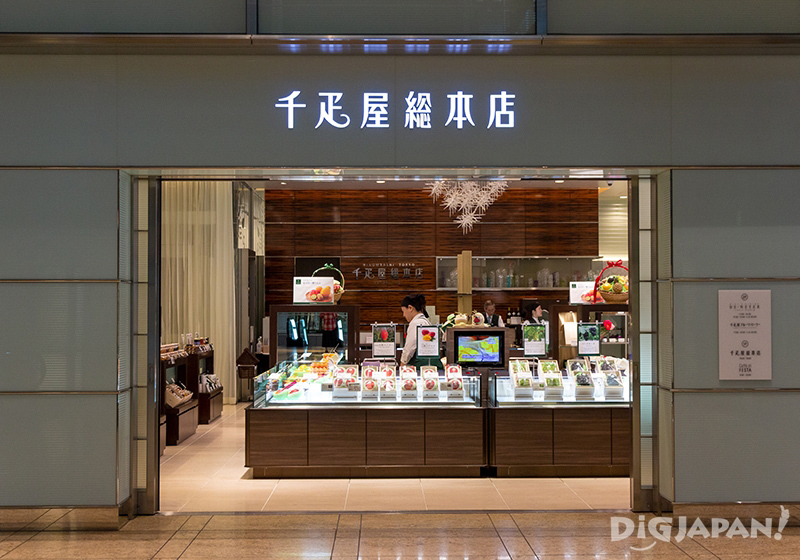
Basking in the soft light were rows of perfectly round melons, gleaming bunches of grapes the size of golf balls, and fruits of all types looking like they were hand-sculpted by angels. If I was amazed at the sight of the fruit, my surprise doubled when I glanced at the price tags. The digits were indeed ones that you'd find in a jewelry store!

Chances are that you've seen or heard about expensive fruit in Japan. The web is filled with pictures of singularly packed fruit that sell for several dollars a piece, and novelties like square watermelon have puzzled people all around the world. If you're wondering the reason of all this, read on. With some research and a visit to Japan's oldest and largest luxury fruit store Sembikiya, we might shed some light on this mystery.
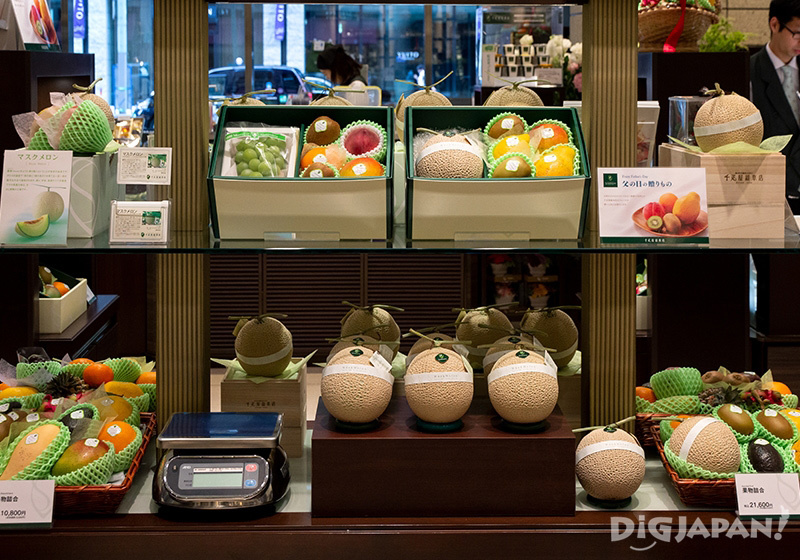
So what do you give as a gift? Well, seasons have a big weight in Japanese culture, and Japanese people love representations of the different times of the year in every form. Fruit is often seen as a suitable gift because it has a seasonality to it that allows people to experience the colors, smells and tastes of that season. It is also a perishable item, so people can consume it and it won't clutter their house.

Since ancient times, fruit has also been a common offering in both Shinto and Buddhist religions in Japan. Traditional Japanese houses have a space in the house for a Buddhist altar to the ancestors called butsudan where they commonly put food offerings like fruit or rice. Shinto gods are often presented with offerings of fruits and other food as well. It’s not uncommon in Japan to see a shrine that has a few oranges or even a cup of sake on the altar.
Even regular grocery store fruit is considered somewhat of a luxury item in Japan. Looks are just as important as taste when it comes to Japanese food, and the store shelves ruthlessly ban anything that has blemishes or is not the right shape. Even in a regular Japanese supermarket you’ll see singularly packed apples or peaches, all of them a uniform size and color.

From all of these traditions, Japan's gift-giving culture evolved to this day aided by businesses like Sembikiya who helped spread the culture of luxury fruit.



Local Japanese farmers also often develop their own unique fruit variety that is only considered authentic if grown in that specific place.
Some of the growing processes include pollinating blossoms by hand using a brush, equipping each fruit with a hat so it doesn’t get sunburned, and growing only one fruit per branch or vine to concentrate the nutrients in that fruit.


In Sembikiya, each fruit has an information sheet explaining where it is made and even the name of the person who created the variety. It also comes with a detailed description of the flavor, like you would see on a fine bottle of wine.
As a curiosity, Japanese people that still have a butsudan altar in their house might actually present fruit received as a gift to their ancestors first, and then eat it on the following day.

If you know someone Japanese and you want to show them gratitude, gifting them some luxury fruit will definitely make them happy!

Address: Nihonbashi Mitsui Tower 1F, 2-1-2 Nihonbashi Muromachi, Chuo-ku, Tokyo (MAP)
Hours: 10:00 a.m. - 7:00 p.m., café hours 9:00 a.m. - 8:00 p.m. (l.o. 7:30 p.m.)
Holidays: irregular (check the website for more information)
Access: (via underground passage) 1 min. walk from Mitsukoshimae Station on the Tokyo Metro Ginza Line / 5 min. walk from Mitsukoshimae Station on the Tokyo Metro Hanzomon Line / 5 min. walk from Shin-Nihombashi Station on the JR Sobu Line (Rapid)
Website: https://www.sembikiya.co.jp/lang/en
*The above article is based on information from May 2019.
*Prices, business hours and other information in this article may change.
About the Author
Laura is an Italian living and working in Tokyo. She loves exploring hidden and unknown places, taking pictures and listening to Punk Rock music. When she’s not busy doing the above, she might enjoy a craft beer or play the sanshin (an Okinawan instrument similar to a shamisen).

Basking in the soft light were rows of perfectly round melons, gleaming bunches of grapes the size of golf balls, and fruits of all types looking like they were hand-sculpted by angels. If I was amazed at the sight of the fruit, my surprise doubled when I glanced at the price tags. The digits were indeed ones that you'd find in a jewelry store!

The presentation resembles an art gallery
Chances are that you've seen or heard about expensive fruit in Japan. The web is filled with pictures of singularly packed fruit that sell for several dollars a piece, and novelties like square watermelon have puzzled people all around the world. If you're wondering the reason of all this, read on. With some research and a visit to Japan's oldest and largest luxury fruit store Sembikiya, we might shed some light on this mystery.
What Is the Fruit Used For?
As one can imagine, such expensive fruit is not exactly an everyday item. The main purpose of these products is to serve as gifts. Gift giving goes a long way back in Japan's history and is a very important aspect of the culture. Another reason someone might buy these kind of fruits is to bring something nice to a party or gathering (like someone would bring an expensive bottle of wine in the West). Lately, I was told at Sembikiya, it's not uncommon for people to buy fruit as a self-gift. The same way someone would reward themselves by spending $100 on a dress or a necklace, in Japan people might indulge in a premium box of peaches instead.
Some sample gift sets at Sembikiya
Why Fruit as a Gift?
Japan has an intricate gift-giving culture. Gifts play a major role in the cultivation of relationships here. For example, there are two important gift giving seasons in Japan, chugen in summer and seibo in winter. During these periods, presents are given to: family members, friends, bosses, clients, doctors, and people that one feels indebted to. This is a way to express gratitude and to keep relationships smooth.So what do you give as a gift? Well, seasons have a big weight in Japanese culture, and Japanese people love representations of the different times of the year in every form. Fruit is often seen as a suitable gift because it has a seasonality to it that allows people to experience the colors, smells and tastes of that season. It is also a perishable item, so people can consume it and it won't clutter their house.

Since ancient times, fruit has also been a common offering in both Shinto and Buddhist religions in Japan. Traditional Japanese houses have a space in the house for a Buddhist altar to the ancestors called butsudan where they commonly put food offerings like fruit or rice. Shinto gods are often presented with offerings of fruits and other food as well. It’s not uncommon in Japan to see a shrine that has a few oranges or even a cup of sake on the altar.
Even regular grocery store fruit is considered somewhat of a luxury item in Japan. Looks are just as important as taste when it comes to Japanese food, and the store shelves ruthlessly ban anything that has blemishes or is not the right shape. Even in a regular Japanese supermarket you’ll see singularly packed apples or peaches, all of them a uniform size and color.

This picture was taken in a regular supermarket
From all of these traditions, Japan's gift-giving culture evolved to this day aided by businesses like Sembikiya who helped spread the culture of luxury fruit.

Sembikiya's most popular item: the luscious muskmelon
Do You Eat the Fruit? Is It Just for Show?
This is something that I seriously wondered, especially seeing how beautiful and expensive some of the fruits are. I felt a little embarrassed asking this question to Sembikiya's manager, but he smiled and explained that yes, you can and should eat this fruit. The same care that goes into the look is actually put into the taste as well, to allow people to enjoy all aspects of the fruit.
These Sato-nishiki cherries from Yamagata Prefecture look like gorgeous rubies. With such an amazing presentation, the taste has to be just as extraordinary.
Why Are They so Expensive?
So it looks and tastes good, but why such an exorbitant price? The answer to that is in the growing process. Luxury fruit has to look perfect, have just the right shape and taste amazing. These high standards are often achieved not by big companies but private farmers in different parts of Japan, by strictly monitoring the growing conditions.
One of Sembikiya's most expensive items, the Taiyo no Tamago mango, goes for a whopping 27,540 yen (about $250) a piece!
Local Japanese farmers also often develop their own unique fruit variety that is only considered authentic if grown in that specific place.
Some of the growing processes include pollinating blossoms by hand using a brush, equipping each fruit with a hat so it doesn’t get sunburned, and growing only one fruit per branch or vine to concentrate the nutrients in that fruit.

It takes a painstakingly complex process to produce these muskmelons with just the right shape and texture.

In Sembikiya, each fruit has an information sheet explaining where it is made and even the name of the person who created the variety. It also comes with a detailed description of the flavor, like you would see on a fine bottle of wine.
What Do You Do If You Are Gifted Luxury Fruit?
First of all, lucky you! Someone must feel very grateful towards you. Treat it like a special occasion and enjoy the delicious fruit, maybe sharing it with friends or family.As a curiosity, Japanese people that still have a butsudan altar in their house might actually present fruit received as a gift to their ancestors first, and then eat it on the following day.

If you know someone Japanese and you want to show them gratitude, gifting them some luxury fruit will definitely make them happy!
Do you feel like you understood the Japanese fruit culture a little better? Will you try one of these luxury items when in Japan? If you're interested, we recommend a visit to Sembikiya's main store in Nihombashi, Tokyo. Aside from the fruit shop that you saw in this article, they also have a Fruit Parlor where you can savor dishes and desserts made with luxury fruit.

Information
Sembikiya Nihonbashi Flagship Store | 千疋屋 日本橋本店Address: Nihonbashi Mitsui Tower 1F, 2-1-2 Nihonbashi Muromachi, Chuo-ku, Tokyo (MAP)
Hours: 10:00 a.m. - 7:00 p.m., café hours 9:00 a.m. - 8:00 p.m. (l.o. 7:30 p.m.)
Holidays: irregular (check the website for more information)
Access: (via underground passage) 1 min. walk from Mitsukoshimae Station on the Tokyo Metro Ginza Line / 5 min. walk from Mitsukoshimae Station on the Tokyo Metro Hanzomon Line / 5 min. walk from Shin-Nihombashi Station on the JR Sobu Line (Rapid)
Website: https://www.sembikiya.co.jp/lang/en
*The above article is based on information from May 2019.
*Prices, business hours and other information in this article may change.
About the Author
Laura is an Italian living and working in Tokyo. She loves exploring hidden and unknown places, taking pictures and listening to Punk Rock music. When she’s not busy doing the above, she might enjoy a craft beer or play the sanshin (an Okinawan instrument similar to a shamisen).

Liked this story? Like DiGJAPAN!
on Facebook for daily updates!
THIS ARTICLE IS BASED ON INFORMATION FROM 01 07,2020 Author:DiGJAPAN! Editorial Team








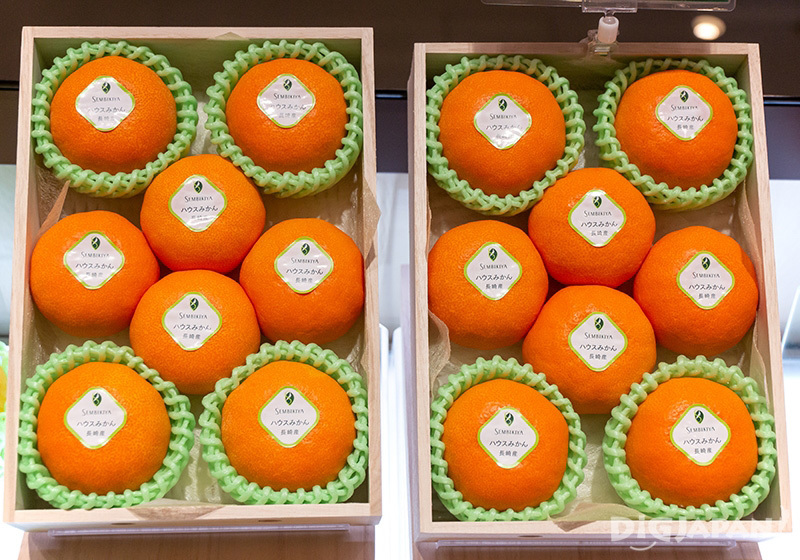










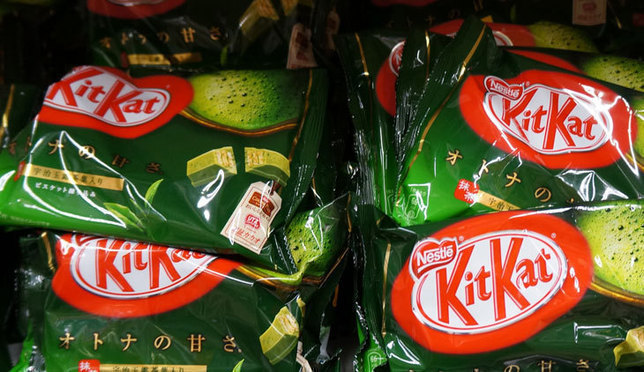


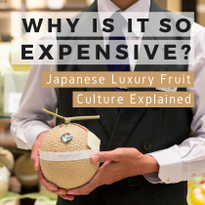





NEW COMMENT | 0 COMMENTS
Open a DiGJAPAN!
account to comment.
Open a DiGJAPAN! Account